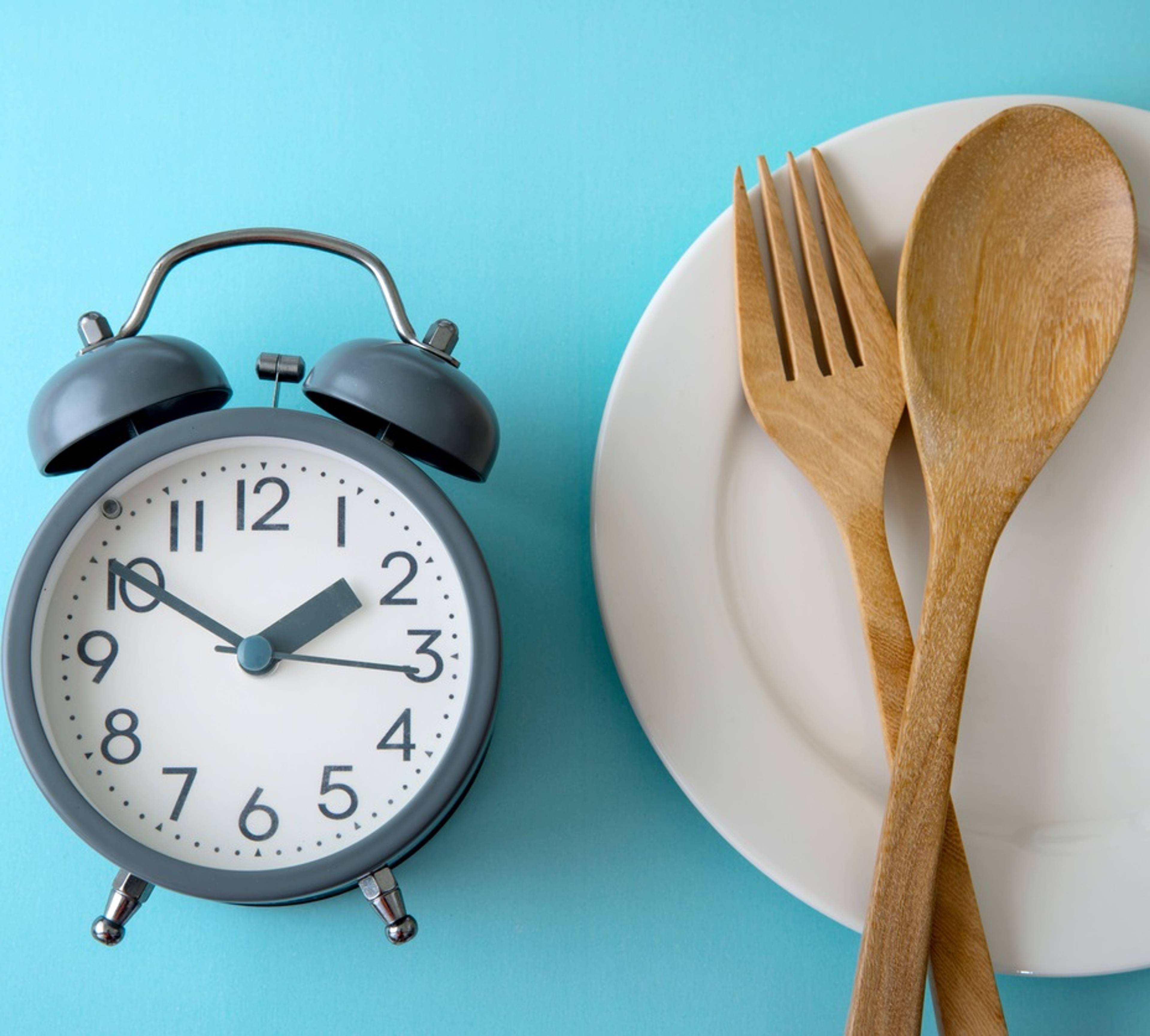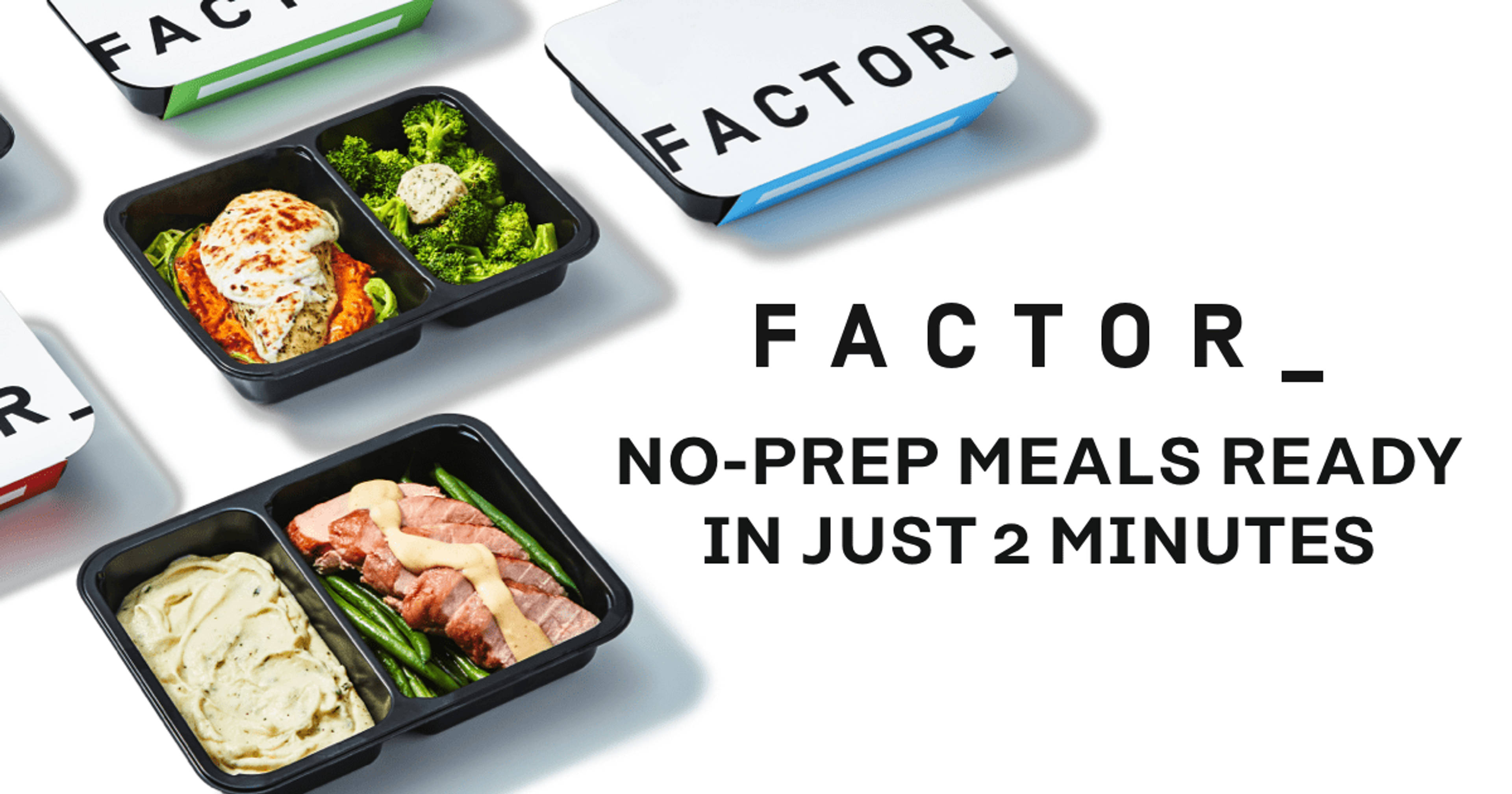How to Intermittent Fast - 7 Tips to Get Started
Intermittent Fasting - The Basics
Today's modern world seems purpose-built to throw off our circadian rhythms—the natural, daily rhythms of your body, mind, and behavior that dictate everything from when you eat to when you sleep. Influences like artificial lighting, odd work shifts, lots of screen time, and 24-hour access to food all wreak havoc on these natural, daily rhythms of body, mind, and behavior that dictate everything from when you eat to when you sleep. So why not realign our eating habits to match those buried circadian rhythms?
That's one snapshot of the prevailing logic behind intermittent fasting, which enthusiasts pursue for weight loss, improved energy, or simply resetting their daily eating habits. Intermittent fasting has also gained popularity as a dietary strategy that lets you eat whatever you want, at least on some days out of the week, with the other days allocated to a restricted calorie count. But as always, finding the best weight loss or dietary strategy for you boils down to choosing what suits your lifestyle and body the best. If you're trying out intermittent fasting, here are seven tips to help you get started and enjoy the best results.

1. Consult With Your Doctor First

2. Identify Personal Goals

3. Choose the Right Type of Intermittent Fasting for You

4. Figure Out Your Calorie Needs

5. Start Small — and Keep It Intermittent


6. Stay Hydrated
